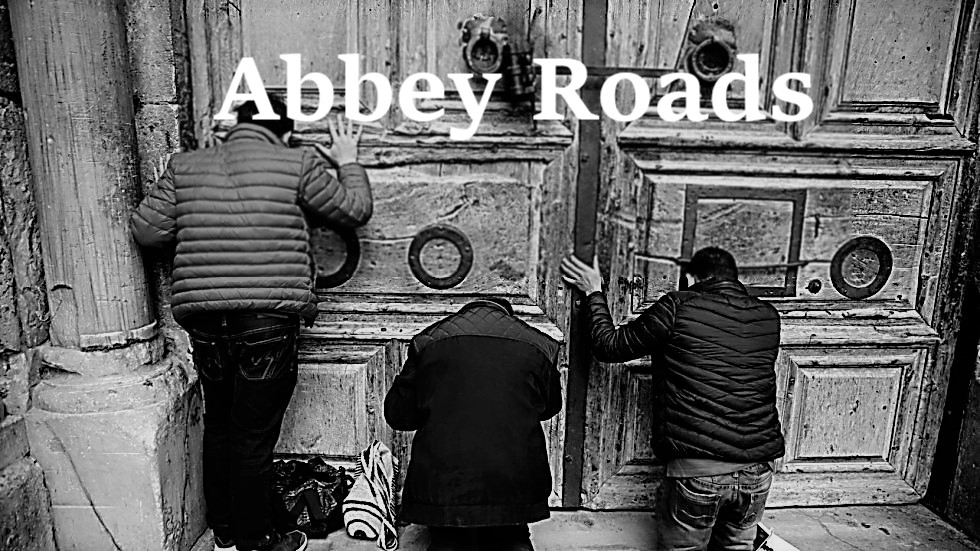Pick up a textbook on abnormal psychology and in the first chapter you are likely to find a discussion of the dance manias.
Also known as St. Vitus’s dance, between the eleventh and seventeenth centuries, manias swept across Europe
as tens of thousands of people participated in frenzied public orgies and wild dances lasting for days and sometimes weeks.
It is little wonder why psychiatrists and medical historians classify such episodes as group mental disorder
affecting those overwhelmed by the stresses of the period.
During outbreaks many immodestly tore off their clothing and pranced naked through the streets. - Source
Sounds like a rave to me.
Dancing Mania
Six-hundred and forty two years ago today, citizens in the German city of Aachen started to pour out of their houses and into the streets where they began to writhe and whirl uncontrollably. This was the first major outbreak of dancing plague or choreomania and it would spread across Europe in the next several years.
The "disease" spread to Liege, Utrecht, Tongres and other towns in the Netherlands and Belgium, up and down the Rhine river. In other times and other forms the mania started to be called St. Vitus' dance. During the Middle Ages, the church held that the dancers had been possessed by the devil or perhaps cursed by a saint. Called Tarantism in Italy, it was believed the dancing was either brought on by the bite of a spider or a way to work out the poisons the arachnid had injected.
More modern interpretations have blamed a toxin produced by fungus that grew on rye. Ergot poisoning, or ergotism, could bring on hallucinations, spasms and delusions thanks to the psychoactive chemicals produced by the fungus Claviceps purpurea, writes Steven Gilbert for the Toxipedia. - Finish reading here.
Oratorian method dance-trance-rave.
Just like Rave culture can be connected to drugs and spiritual-religious experience, apparently Dance Mania was too - unwittingly, of course. Maybe not - but - the Church of the Middle Ages "held that the dancers had been possessed by the devil or ... cursed." Some scholars dispute the hallucinogenic effects of the fungus on rye bread - nevertheless - in some case the connection seems reasonable.
On the other hand, the Dance Maniacs could have been an early sect of Charismatics, or a Medieval form of liturgical dance-trance.
What?
"Dance at Molenbeek," Brueghel the Younger (1564-1638)
depicts pilgrims dancing to the church at Molenbeek.
Song for this post here.
h/t Tea at Trianon




No comments:
Post a Comment
Please comment with charity and avoid ad hominem attacks. I exercise the right to delete comments I find inappropriate. If you use your real name there is a better chance your comment will stay put.